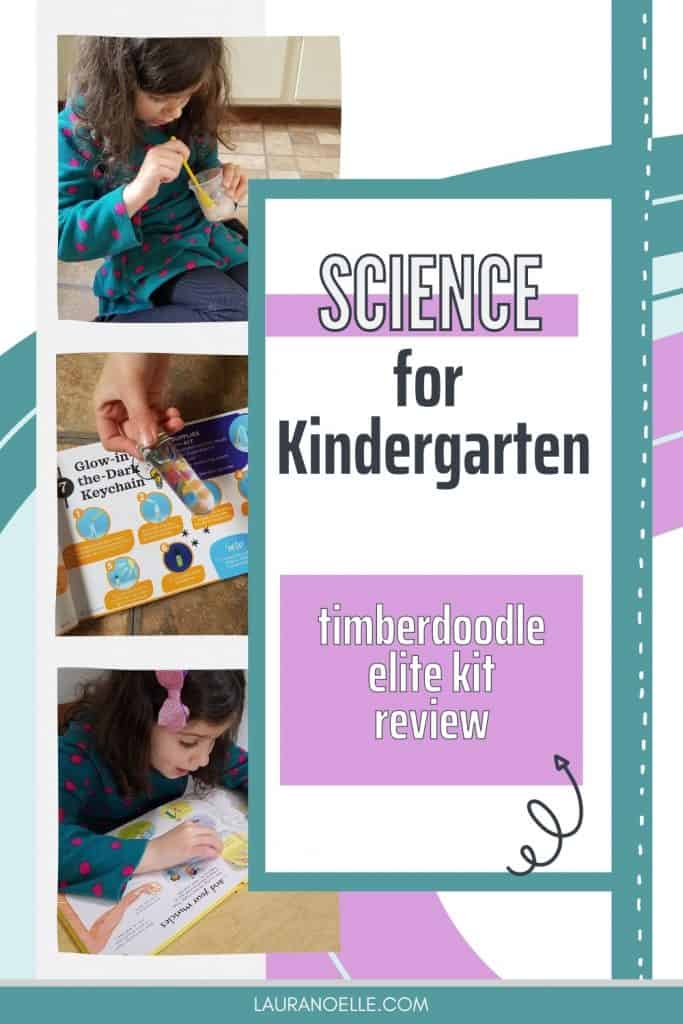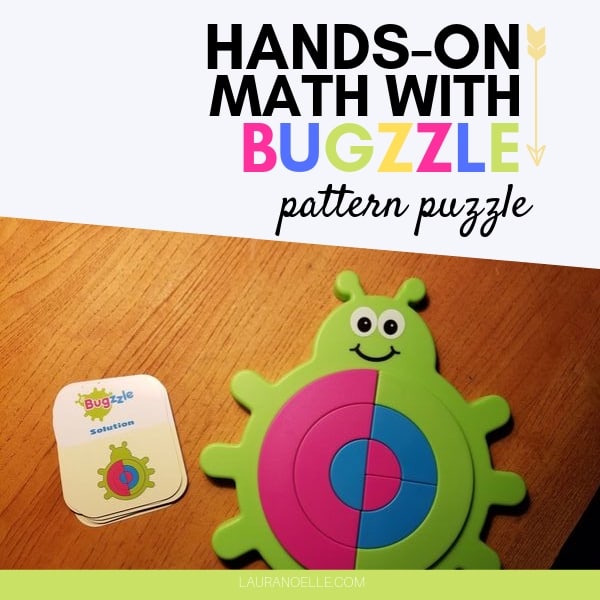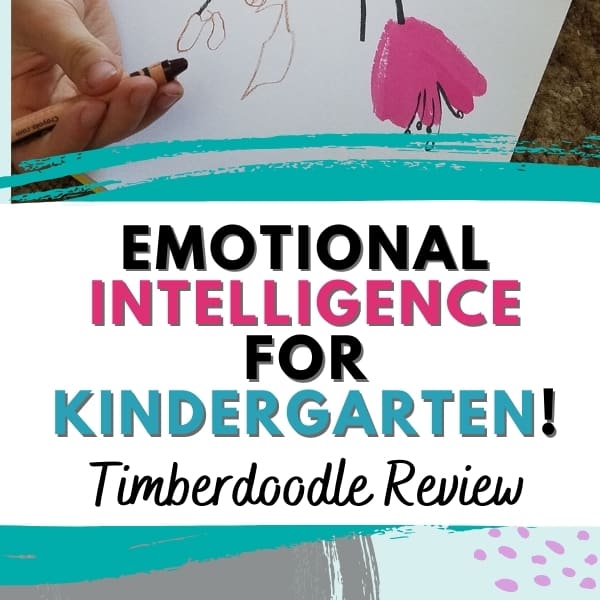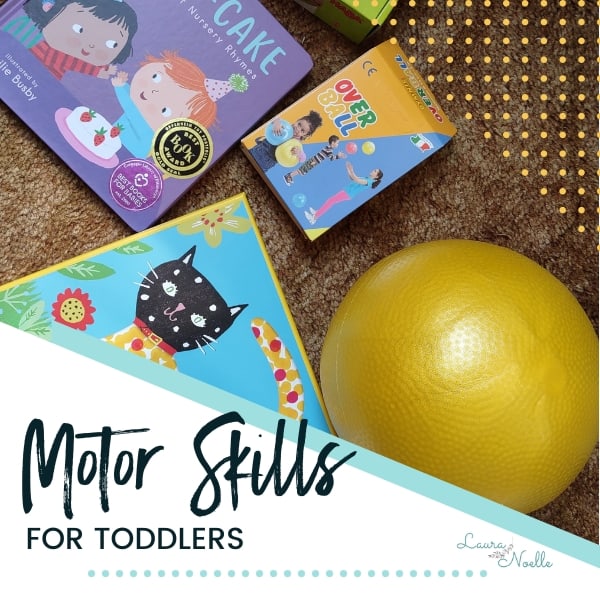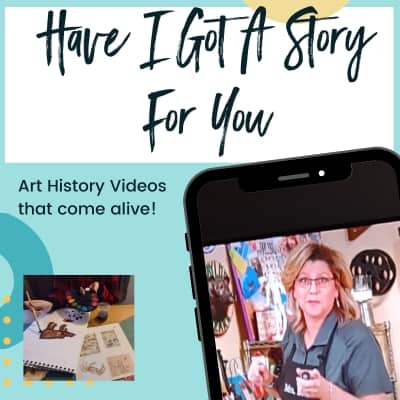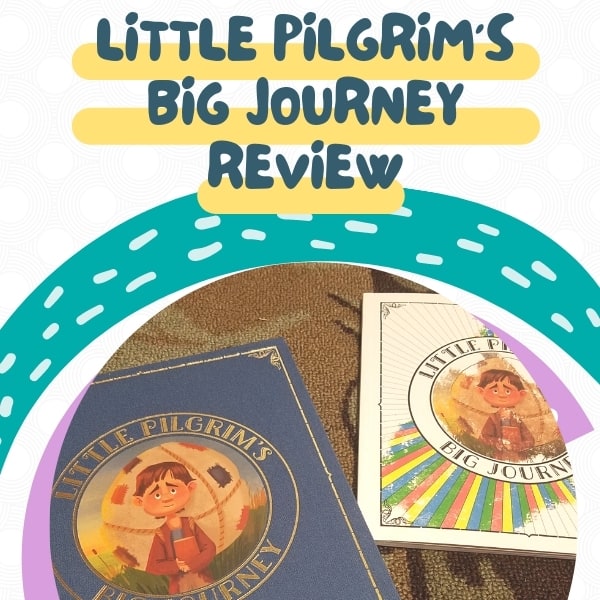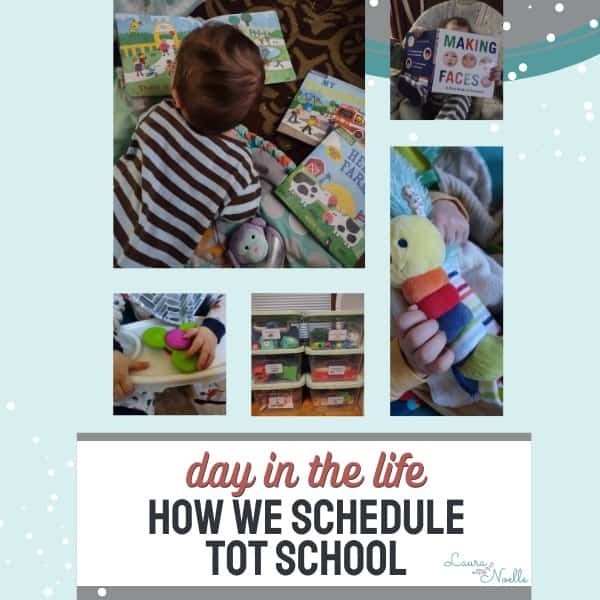Science for Kindergarten || Timberdoodle Elite Kit Review
This post may contain affiliate links, which means I may receive compensation if you make a purchase using one of these links.
Eruptions, gooey goop, and shiny things, oh my! Science for little ones is visual, hands-on, and packed with fun ways to learn the basics of life on this earth. Here’s what we thought of Timberdoodle’s Kindergarten science materials.
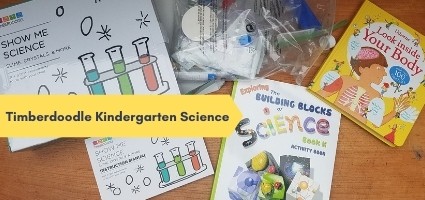
Science components in the Timberdoodle Kindergarten Elite Kit (2020-2021):
A special thanks to Timberdoodle Company for sponsoring this homeschool series of posts by graciously sending us this complimentary curriculum kit to see what we think. All opinions are our own!
Building Blocks of Science K
The Timberdoodle K Handbook suggests completing 5-6 pages a week.

Exploring the Building Blocks of Science book K is a 205 page black and white activity book. The theme of the book is “playing with science” and this is done by presenting simple foundational aspects of science along with pictures to color, free-hand drawing, and fill in the blanks.
Depending on your child’s interest in coloring, this book may or may not grab their interest. My 5 year old enjoys coloring and completing workbook pages, so she has enjoyed Building Blocks of Science.
Topics covered include:
• Chemistry {the study of the stuff we see, touch, hear, smell and hear}
• Biology {the study of life}
• Physics {the study of how things move}
• Geology {the study of earth}
• Astronomy {the study of space}
We really like the varied elements of the book that incorporate critical thinking, tangible experiences like nature walks, and little real-life experiments that let kids touch and move to come to conclusions.
So many of the day to day questions little ones ask are addressed or answered in this book! What makes day and night? What’s the earth made of? Why does the moon look different? What’s alive and what’s not?
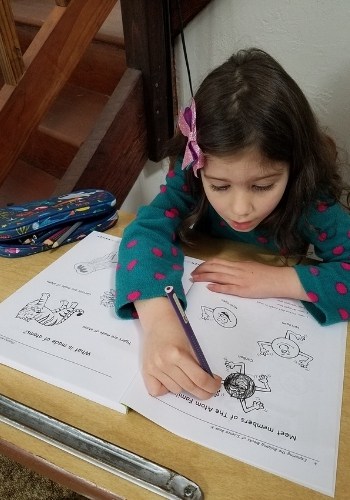
Each page is short and can be completed in a couple minutes, plus many of the topics are great conversation starters that you’ll want to dive in deeper with your kiddo.
We are loving this book and my daughter begs for more!
You can find Building Blocks of Science K here.
Show Me Science: Slime, Crystals & More
The Timberdoodle K Handbook suggests completing about one experiment each week.
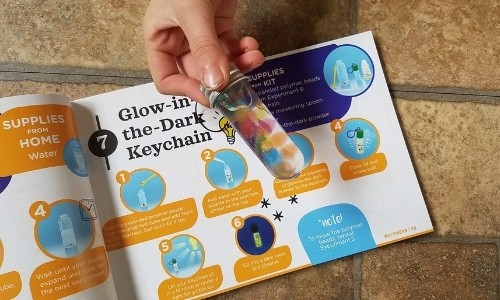
For little minds to learn, concepts need to be made tangible. The value of a good hands-on experiment, activity or game cannot be praised enough!
My daughter is kinesthetic and would do science experiments all day long if she could. Show Me Science are Timberdoodle’s new lab kits for Pre-K and Kindergarten. Inside Slime, Crystals & More are 35 hands-on experiments with nearly all the materials provided. Common household ingredients like salt, oil, water, and cups/bowls may also be required. A few experiments call for more complex items like an electric whisk, but you can always skip any that you don’t want to do!
Show Me Science is created for Timberdoodle by Learn and Climb, which offers short videos of each experiment. Having access to the experiment videos on their website is very helpful and lets me feel more prepared (or troubleshoot where we went wrong).
Five areas are covered in this lab kit:
• Polymer
• Unmixable Water & Oil
• PH Indicator
• Slime
• Growing Crystals
We typically go step by step through the experiment with me as the guide, instructing my daughter to do any steps she is capable of. The reality is that most of them are adult-intensive, but most of the experiments are not very long or difficult.
The experiments at the beginning are simpler, and they grow in complexity until the end where you grow crystals (these do take a lot of adult oversight as you’re dealing with urea, which is a handle-with-care substance).
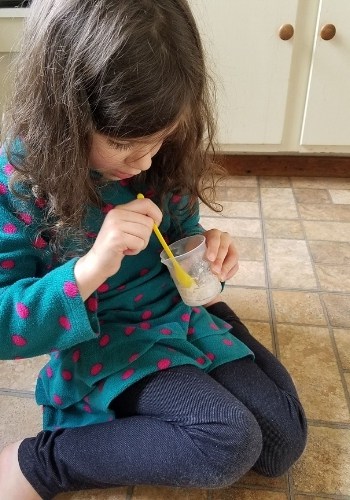
Most children will enjoy the growing of water beads, making a DIY “lava lamp”, stirring slime, and observing how substances change when things are added or mixed. Some experiments are more “open and go” friendly, and others will take more time and attention. I let my daughter flip through and pick what she’d like to do, but you can also go in order.

We have enjoyed the majority of these experiments, and it’s nice to be able to watch the videos for how it should have worked if for some reason, ours went wrong!
You can find Show Me Science: Slime, Crystals & More here.
Usborne’s Look Inside Your Body
The Timberdoodle K Handbook suggests reading it together at least once a month.
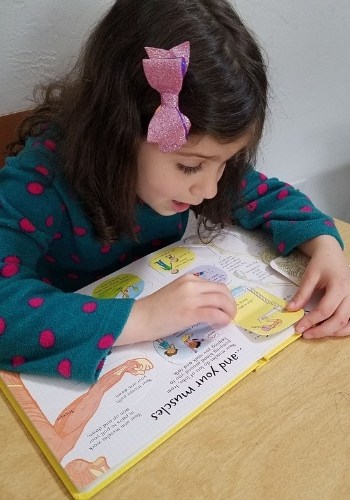
For the 5-8 year old age range, the Usborne “Look Inside” series is pure gold. (Younger children will love the “Peek Inside” books and older students are primed for “See Inside” books!).
Look Inside Your Body is filled with over 100 flaps to lift and covers all the important subjects: the brain, senses, bones and muscles, digestion, circulation, growing and healing. Made of thick, sturdy cardboard pages, even the flaps are durable for many flips and flaps (still keep it away from toddlers apt to rip!).
I feel that the concepts are taught tastefully and cover so many of the interesting facts about our bodies. My daughter loves to lift the flaps and demands that I read the accompanying words. She doesn’t always have the patience to listen to all the words, so sometimes I shorten or skip explanations, but other times we have deeper conversations about what she’s learning.
I leave this book on her bookshelf and she likes to flip through it on her own, in addition to when we sit down and read the words together. I can see this being a resource for us for years to come.
You can find Look Inside Your Body here.
Final Thoughts on Science for Kindergarten
Kindergarten science should be hands-on, exciting, and provide engaging conversation about the questions little ones are full of. Whether it’s animals, gravity, mixing substances, weather, or space, we can ignite a life-long passion for learning by fueling active, sensory experiences. Timberdoodle has nailed this aspect of their curriculum kit and we’ve been having a blast!
You can view the entire 2020-2021 Timberdoodle Kindergarten Curriculum Kit here.
Related Homeschooling Content:
- History & Social Studies for Kindergarten || Timberdoodle Elite Kit Review
- STEAM for Kindergarten || Timberdoodle Elite Kit Review
- Thinking Skills for Kindergarten || Timberdoodle Elite Kit Review
Want to save Science for Kindergarten || Timberdoodle Elite Kit Review for later? Pin to your favorite Pinterest board here:
